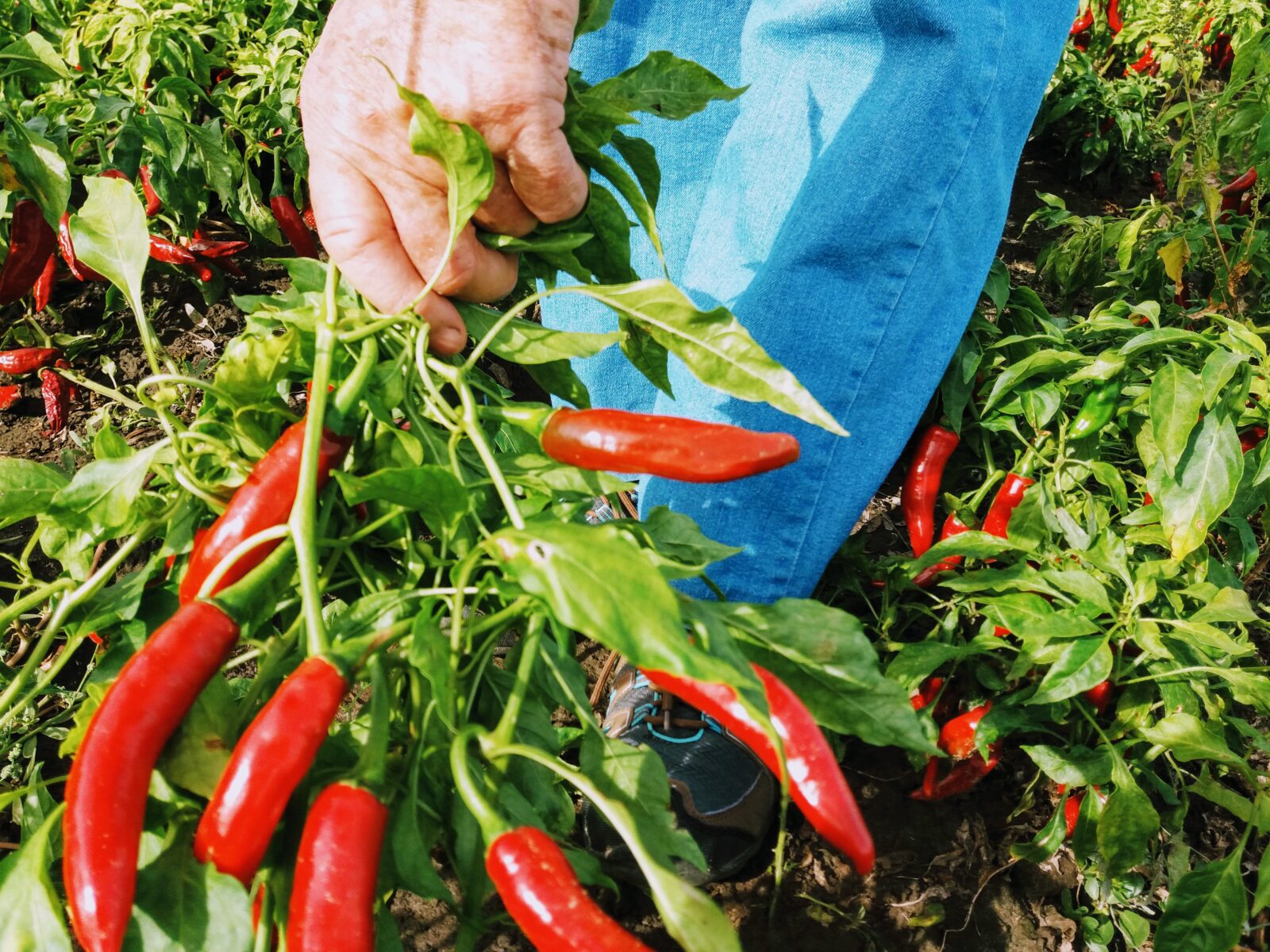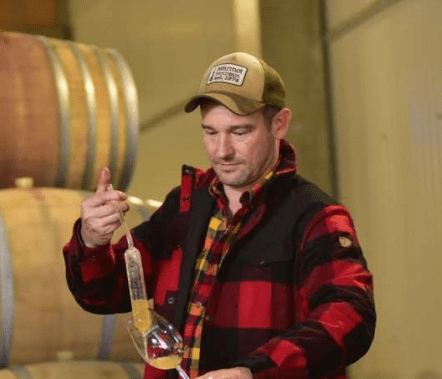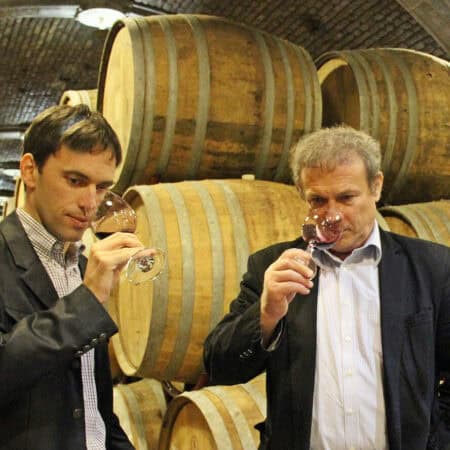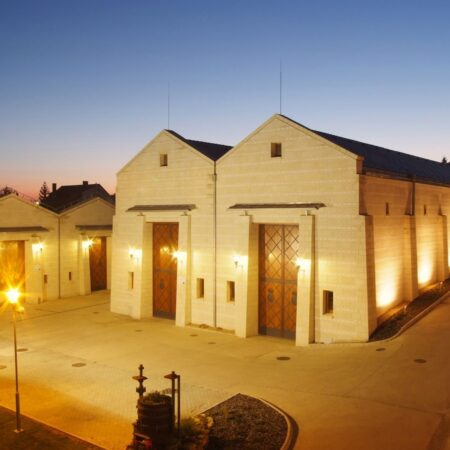Wine Guide
Hungarian Wine Regions
What’s a typical Hungarian wine region like? Well, the thing is, there’s no such thing as a ‘typical’ wine region in Hungary. Officially, the country has 22 wine regions, but it’s only a handful of regions that make the best wines. Read on for more about these regions and the wines they produce.
Balaton
Lake Balaton is the largest lake in Central Europe, with its shores spanning dozens of villages over a length of 200 kilometers. It’s Hungary’s most popular vacation resort, and each summer, half of the country storms its beaches to take a dip in the lake. It’s also home to five different wine regions and is probably the fastest-developing culinary destination in Hungary. (Check this map if you don’t believe us.)
The northern shore of the lake is mostly known for its crisp white wines full of minerality. Most of the area is a chain of of extinct volcanoes, and the rich volcanic soil and fresh breeze from the lake produce wonderfully crisp and clean white wines. Many indigenous varieties grow in the area, including almost-forgotten (and often tongue-breaking) white varieties such as Kéknyelű and Juhfark, but the most commonly grown white grape variety is Olaszrizling. While these are technically three different regions (Badacsony, Balatonfelvidék and Balatonfüred-Csopak), we’ve simplified it to North-Balaton on our website.
The southern side, on the other hand, especially around the towns of Balatonboglár and Balatonlelle, is known for its warm, fruity reds as much as it is for its well-balanced whites. Blaufränkisch and international varieties such as Cabernet Sauvignon are the most common red wines here.
Browse our wines from North Balaton >>>
Browse our wines from South Balaton >>>
Eger
Eger is a region with lots of tradition in the northeast of Hungary, now making a comeback. The traditional red wine of the area, the Bull’s Blood blend, earned a bad reputation in the past 50 years when it the name was misused to make cheap wines, but it is slowly regaining its title as Hungary’s most elegant red wine region. Most of the wine region’s soils are volcanic rhyolite, while some areas are covered with lime. Wine is grown on the hills surrounding the town of Eger, which is one of the coldest and driest areas in Hungary.
The Bull’s Blood (Bikavér) blend is a traditional mix of at least three grape varieties, usually Kékfrankos (Blaufränkisch)-based and including Kadarka and other grape varieties such as Merlot, Cabernet Sauvignon or Pinot Noir. White wines are less well-known but just as interesting; the Egri Csillag (Star of Eger) white blend is the Bull’s Blood’s white counterpart, usually made with grapes such as Chardonnay, Olaszrizling (Welschriesling), Pinot Blanc, Hárslevelű or Leányka.
Browse our wines from Eger >>>
Etyek
The town of Etyek is a short drive from Budapest, but a different world – a small town with rows of wine cellars carved into the hills, with centuries of winemaking tradition. The area produces great fresh wines and has been a large supplier of wine and sparkling wine for Budapest’s nightlife for centuries. Besides easy-drinking, fresh whites and light reds, the area is also known for its sparkling wine production.
Browse our wines from Etyek >>>
Somló
Even though Somló is Hungary’s second-smallest wine region, it has plenty of fascinating wines for its size. The whole wine region is basically one single extinct prehistoric volcano. The dark volcanic soils make powerful, unique wines, high in minerality and full of flavor. The wines are famous for their longevity, richness and aging potential. Only traditional Hungarian white grape varieties such as Furmint, Hárslevelű, Olaszrizling and Juhfark are grown here.
Browse our wines from Somló >>>
Sopron
Located right next to the Austrian border of Hungary and the neighboring Burgenland wine region, the Sopron region’s climate is cool and windy like its neighbor across the Fertő lake (Neusiedlersee). However, the southern Hungarian side of the lake is protected from the northern cool air by a chain of mountains, so the style of Sopron wines is subtly rounder and juicier than their Austrian counterparts. Wines from Sopron are usually smooth, earthy and mellow. Many Austrian winemakers have (re)discovered the vineyards of Sopron, and the region is now a pioneer in biodynamic and organic winemaking in Hungary. Kékfrankos (Blaufränkisch) is the main grape variety of the region.
Browse our wines from Sopron >>>










































